Standards & Symbols
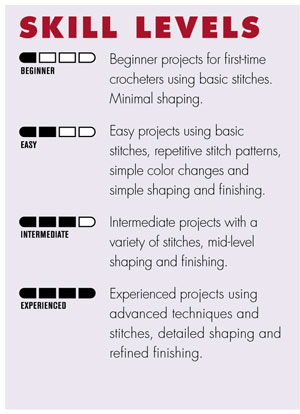
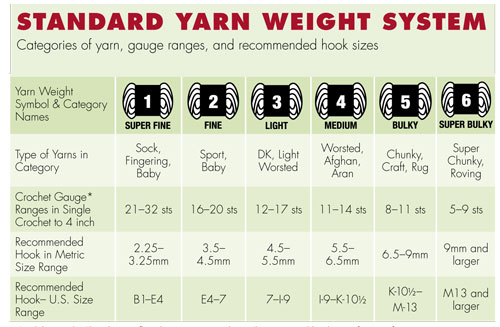
Gauge
Gauge is determined by the tightness or looseness of your stitches, and affects the finished size of your project. If you are concerned about the finished size of the project matching the size given, take time to crochet a small section of the pattern and then check your gauge. For example, if the gauge called for is 10 dc = 1 inch, and your gauge is 12 dc to the inch, you should switch to a larger hook. On the other hand, if your gauge is only 8 dc to the inch, you should switch to a smaller hook.
If the gauge given in the pattern is for an entire motif, work one motif and then check your gauge.
Understanding Symbols In Crochet Patterns
As you work through a pattern, you'll quickly notice several symbols in the instructions. These symbols are used to clarify the pattern for you: Brackets [ ], curlicue brackets { }, asterisk *.
Brackets [ ] are used to set off a group of instructions worked a number of times. For example, "[ch 3, sc in ch-3 sp] 7 times" means to work the instructions inside the [ ] seven times. Brackets [ ] also set off a group of stitches to be worked in one stitch, space or loop. For example, the brackets [ ] in this set of instructions, "Sk 3 sc, [3 dc, ch 1, 3 dc] in next st" indicate that after skipping 3 sc, you will work 3 dc, ch 1 and 3 more dc all in the next stitch.
Occasionally, a set of instructions inside a set of brackets needs to be repeated too. In this case, the text within the brackets to be repeated will be set off with curlicue brackets {}. For example, "[Ch 9, yo twice, insert hook in 7th ch from hook and pull up a loop, sk next dc, yo, insert hook in next dc and pull up a loop, {yo and draw through 2 lps on hook} 5 times, ch 3] 8 times." In this case, in each of the eight times you work the instructions included in brackets, you will work the section included in curlicue brackets five times.
An asterisk * are also used when a group of instructions is repeated.
They may either be used alone or with brackets. For example, "*Sc in each of the next 5 sc, 2 sc in next sc, rep from * around, join with a sl st in beg sc" simply means you will work the instructions from the first * around the entire round.
"*Sk 3 sc, [3 dc, ch 1, 3 dc] in next st, rep from * around" is an example of asterisks working with brackets. In this set of instructions, you will repeat the instructions from the asterisk around, working the instructions inside the brackets together.









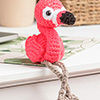
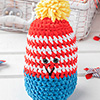
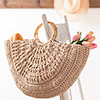
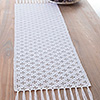

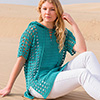
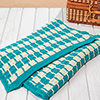
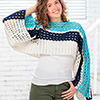
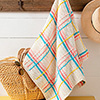
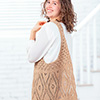
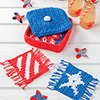
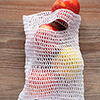

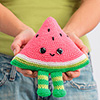
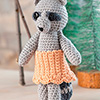



Follow Us On ...